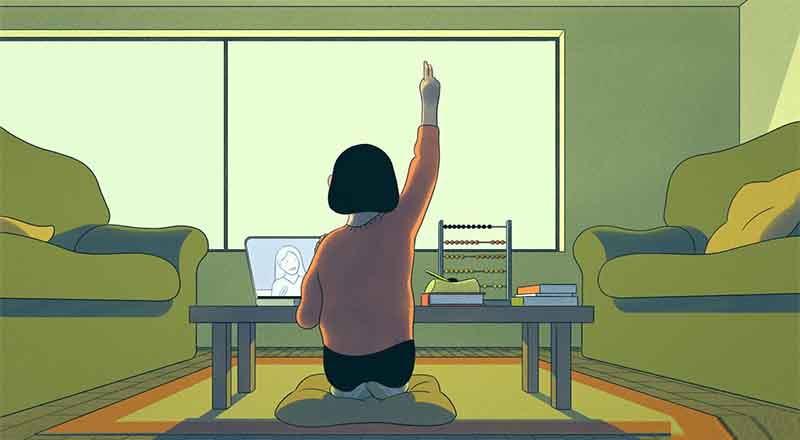During the summer vacations, children usually divert their energy in outdoor activities and games. However, a mass lockdown in the country has forced everyone to stay at home. While students are thrilled at the extended summer vacation, parents are worried about the missing school days, as well as the time spent sitting idly at home.
The digital divide refers to unequal access to computers and the internet due to socioeconomic and geographic barriers.The digital divide reinforces social stratification and limits access to educational opportunities for those without access to computer and informational technology.
Students who use computers and have internet access at home generally perform better academically than their peers without access to this resource, on top of other socioeconomic factors affecting school performance, like poverty and parents’ educational background.Basic socioeconomic inequalities that existed before the COVID-19 outbreak have been exacerbated by this current pandemic.
Apart from virtual classrooms provided by schools, there are many educational institutions and online schools that provide vocational courses and activity sessions to students. The pandemic that launched a massive, unplanned experiment with distance learning has created extraordinary hurdles for schoolchildren left behind by the digital divide.
With the centuries-old lecture-based approach to teaching, entrenched institutional biases and outmoded classrooms, the slow pace of change in academic institutions has been often criticised and lamented over globally. However, now the COVID-19 has become a catalyst for educational institutions worldwide to search for innovative solutions in a relatively short period of time.
Self-quarantine or lockdown should also be seen by parents as a way to spend quality time with their children. This is an ideal time for parents to engage with their children in board games like chess, Lego, scrabble, etc., which stimulate them intellectually and improve their focus.Surely the rapid changes coming to play because of the outbreak is causing a lot of inconveniences but interestingly these changes have also prompted the beginning of the early stages of educational innovation.
It is still too early to confidently predict how the outbreak will affect the education systems globally, but several signs suggest that it could have a lasting impact on the entire trajectory of learning innovation and digitization.
Students in Hong Kong have now started to learn at home via interactive apps. In China, 120 million students are accessing learning material through live television broadcasts. In India edtech platforms like Byju’s, Toppr and Lido Learning observed a huge spike in user engagement and enquiries amid this outbreak.
With the now increased availability of faster and reliable internet connectivity across the world, we are more likely to see students truly embracing the ‘learning anywhere, anytime’ motto of digital education in a wide range of formats. Learning could finally become a true lifestyle, a habit that is integrated into daily routines.





